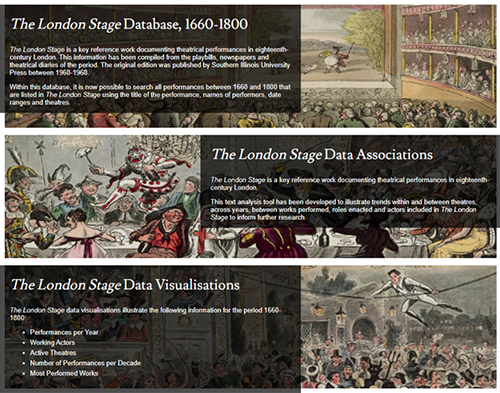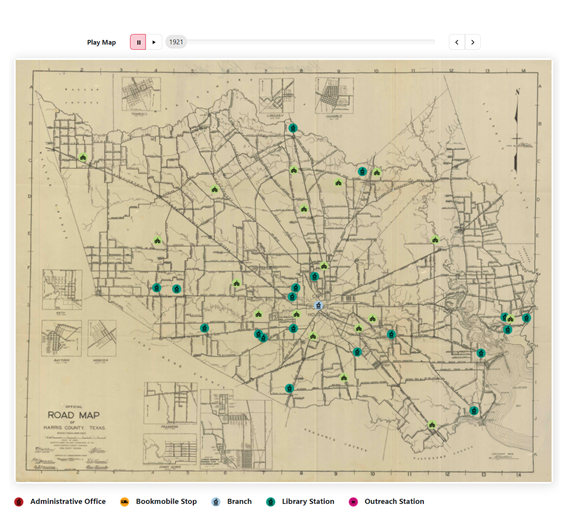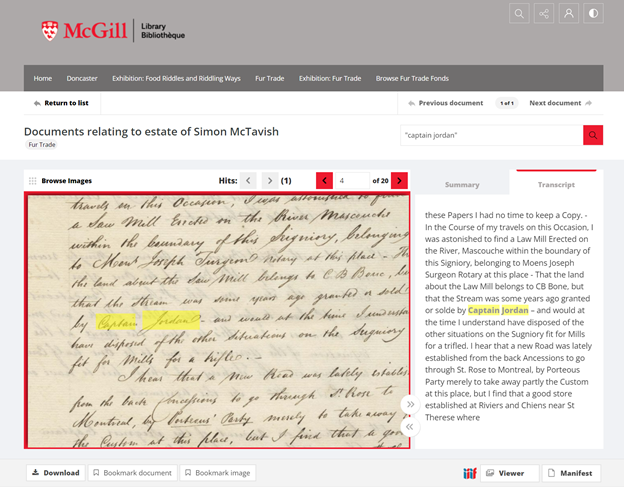Supporting and enabling Digital Humanities projects through technology and partnership working
In part 1 of this 2-part blog, Jessica Kowalski, Product Sales Manager for AM Quartex, explores some of the ways in which AM has supported or enabled digital humanities projects throughout 2021.
With over 30 years of experience publishing archival and primary resources, AM understands the importance of adapting new and emerging technologies to support the needs and demands of researchers and information seekers.
One question we continue to ask ourselves as a publisher of primary resources is how can our materials, many of which date back centuries, continue to provide new insights for present and future information seekers? In particular, the demand to support projects related to digital humanities has grown exponentially over the past few years.
Recently, I presented at Digitorium 2021 to discuss initiatives at AM to support digital humanities research.
I was thrilled to be a part of a dynamic conference discussing the various ways in which librarians and researchers are using digital humanities tools for research and information sharing. Digital humanities is a new and growing field. The ways in which digital humanities is being defined as a field is continuing to change and evolve with new and emerging technologies.
As we head into a new year, I believe it may be helpful to recap with the community some of the digital humanities projects published and promoted in 2021, as well as a look into how AM is hoping to use, create and implement digital humanities resources in 2022 and beyond.
2021 Digital Humanities Projects in Review
The London Stage Database, Data Associations, and Data Visualisations published by AM
AM took its publication, “Eighteenth Century Drama: Censorship, Society, and the Stage” and created an open-access resource, The London Stage Database. This database pulls on textual data from playbills, newspapers, theatrical diaries and more, and serves as a master directory of actors, plays, theatres and more in London between 1660-1800. The database is an analysis tool to illustrate trends via data associations and visualisations, and is cross-searchable, providing researchers with new pathways into digital materials.
The publication of The London Stage Database is allowing AM’s editorial teams to consider what other types of resources we can build to provide new avenues of discovery into published collections.
The resource and the data used to create the database are openly accessible at eighteenthcenturydrama.amdigital.co.uk.

Centennial Map published by Harris County Public Library
Harris County Public Library worked together with AM’s Quartex team to design and build a bespoke map in honour of Harris County Public Library’s centenary celebration.
The publication of the map features an integrated timeline, allowing visitors to view all library branch locations throughout the county library’s 100 year history. Servicing nearly two million patrons in an area larger than the state of Rhode Island, that’s a lot of locations! The map also helps to engage their communities by providing a visual representation of the changing nature of the library in their local areas. Information seekers can even click on library locations to find digital assets hosted on Quartex related to bookmobile and library branches.
The team behind Quartex is using the development of HCPL’s Centennial Map to assess how we may be able to support additional customer geomapping projects on Quartex in the future.
You can view and explore the Centennial Map at https://www.digitalarchive.hcpl.net/centennial-map.

Handwritten Text Recognition with transcription
One challenge our Quartex technology is seeking to solve is the provision of full text data for manuscript documents. This past June, AM released Handwritten Text Recognition (HTR) with transcription, allowing both AM and our Quartex institutional partners to transcribe manuscript materials with a click of a button.
Some of our partners are already using HTR transcription technology on their own materials, such as McGill University. By transcribing their manuscript collections with an automated transcription, institutions can make their content discoverable and accessible, while also enabling the possibility for future digital humanities projects. Our transcripts can be made downloadable by the end-user, so users can self-serve. Transcripts can also be exported by administrators.
Watch our recent webinar to learn how McGill is considering further use of our HTR Transcription feature.

What next?
In part 2 of this blog, we'll explore the results of a survey which AM ran to its global community to discover how, as a vendor, to best serve as a research partner and support the digital humanities community in publishing these kinds of projects.
Recent posts

The blog highlights American Committee on Africa, module II's rich documentation of anti-apartheid activism, focusing on the National Peace Accord, global solidarity, and student-led divestment campaigns. It explores the pivotal role of universities, protests, and public education in pressuring institutions to divest from apartheid, shaping global attitudes toward social justice and reform.

This blog examines how primary sources can be used to trace the impact of young voices on society, particularly during pivotal voting reforms in the UK and the US. Explore materials that reveal insights into youth activism, intergenerational gaps, and societal perceptions, highlighting their interdisciplinary value for studying youth culture, activism, and girlhood across history.
